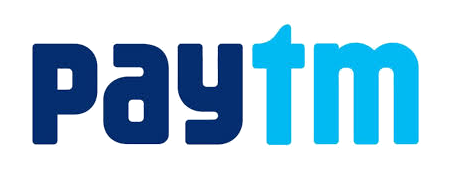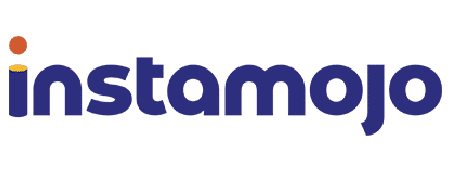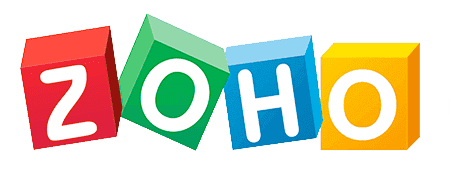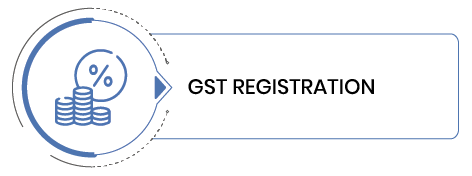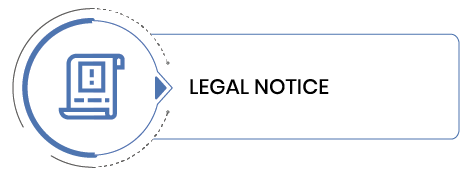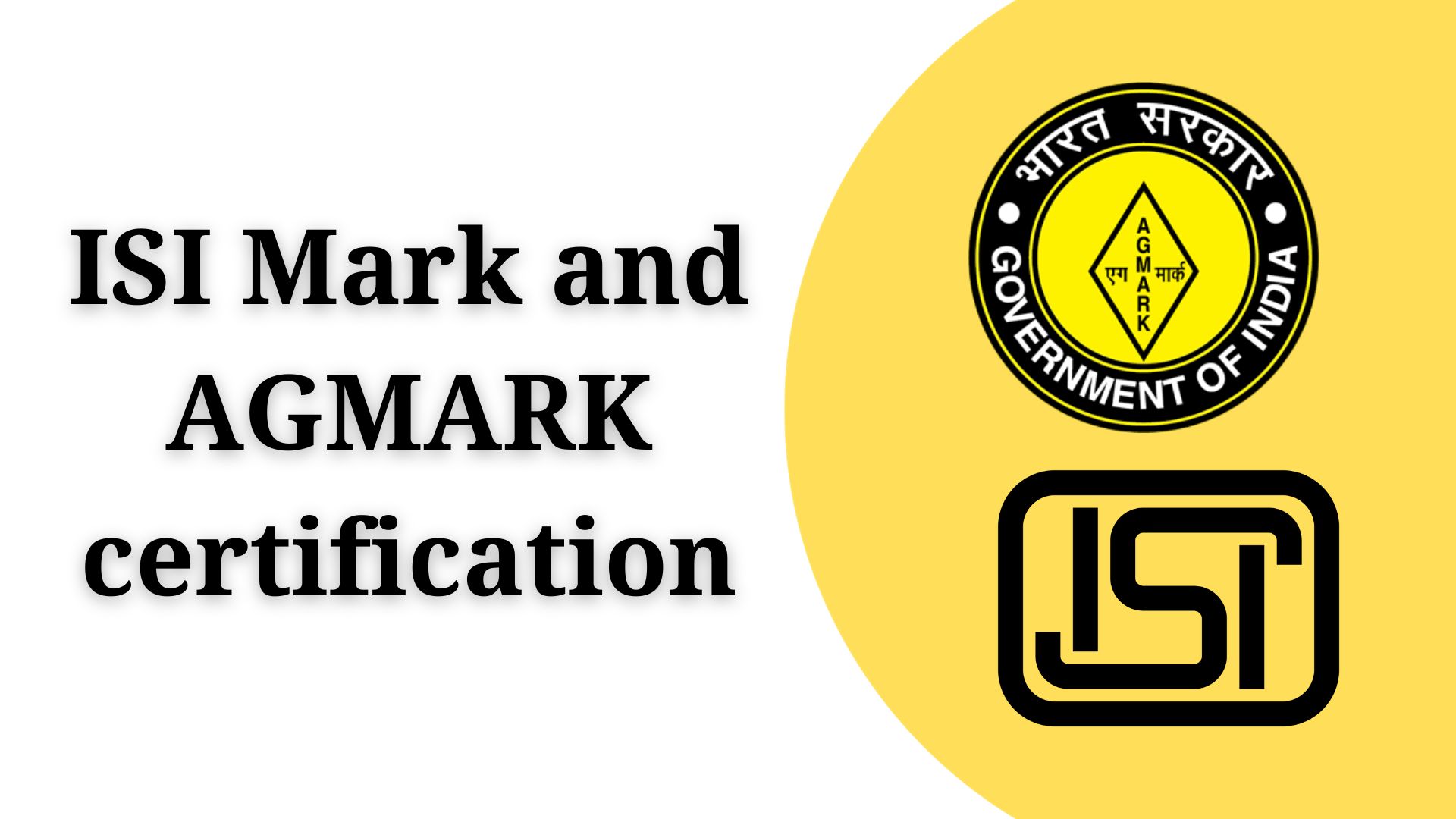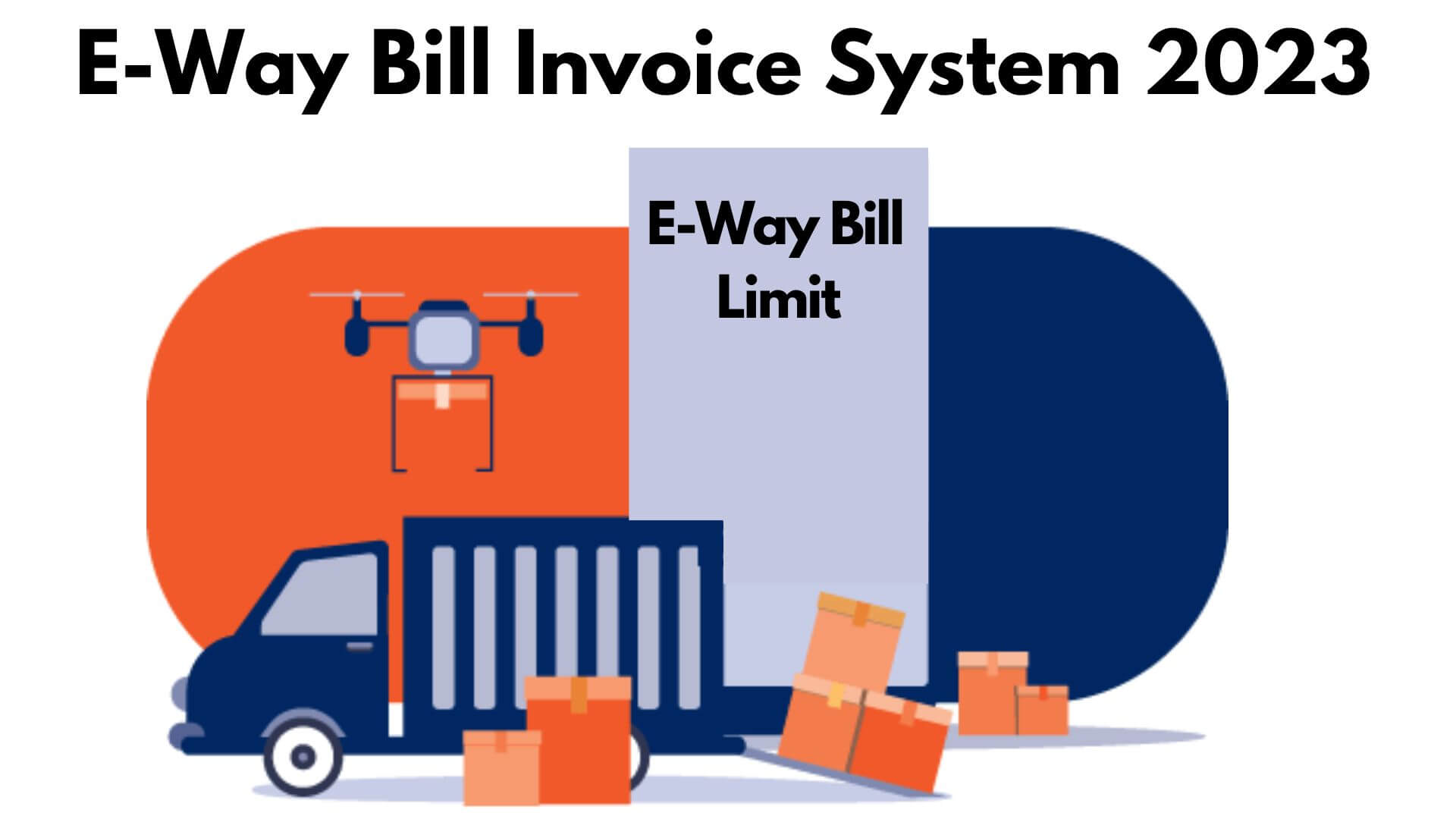Trademark Objection
Package Inclusions:-
-
Objection Notice
-
We will assess the requirement of objection
-
Affidavit Preparation and industry specific reply
-
End to End Discussion
How to Start a Trademark Objection
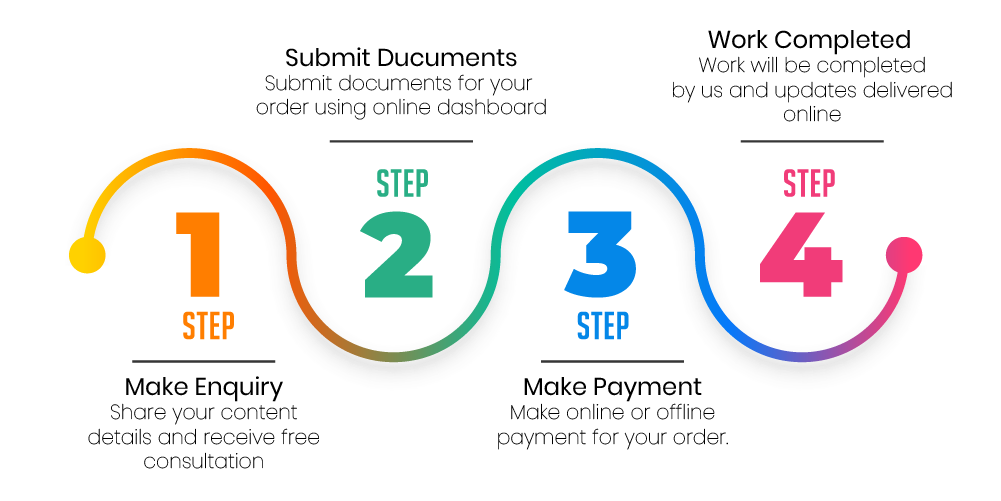
- What is Trademark Objection?
- What is Trademark?
- What are the types of objection raised under this?
- What are the documents required for Trademark Objection?
- How to File a Trademark Objection Reply in India?
- Trademark Opposition and procedure for trademark opposition in India
- What are the benefits of Trademark Objection?
- Procedure how a Trademark Registration is done in India
- Timelines for Filing Reply to Examination Report
- FAQ's
What is Trademark Objection?
It is considered to be most prime or the main stage of registering any trademark. It is 3rd stage in the process i.e: “EXAMINATION”. Trademark objection is always done by the examiner ends an individual or a proprietor or Registrar or any third party but examination is solely done by examiner part only on certain grounds according to the findings or discovery made during examining.
Trademark objection doesn’t mean that an application is rejected, it means that there is an error or the application has failed to follow the said guidelines. As trademark is a crucial so it is to handle with the attorney or lawyer who are expert in dealing this regard by drafting the matter.
What is Trademark?
A trademark is a projection of a name, word, label, device or numeric characters utilized by a business to differentiate its goods and services from other similar goods and services. A trademark works as an exclusive identity of the goods and/ or services that a person is offering/ selling from other such goods/ services.
A trademark once registered is an intangible asset or intellectual property for a business which is used to safeguard the company's investment in the brand or symbol.
Besides this, trademarks that are deceptive, generic, offensive, similar, contains exclusively protected emblems, etc. cannot be registered either.
What are the types of objection raised under this?
-
Same name or the proposed Trademark already exists like “luxuary” & “luxuary” it is said to fall under section 11(1) of the Trademarks Acts;
-
Single word whether prefix or suffix “Newsnow” or “Nownews”. Trademark name should be distinctive from one another same goes for the mark or logo(device);
-
Sometimes, trademark logo is not clear or its dimension is not according to the guidelines;
-
Filing of Incorrect Trademark Form;
-
Failure in filing Trademark Form TM-48 i.e.: Power of Attorney;
-
Trademark filing under the Wrong Trademark Class;
-
Vague specifications of Goods and Services;
-
Affidavit is not attached;
-
Supporting documents of the applicant are not there;
-
This kind of objection would be raised if the name is common or some form of geographical name or location is used as it falls under Section 9 of Trademark Acts.
What are the documents required for Trademark Objection?
-
Authorization letter;
-
Examination Report;
-
Supporting evidence of Logo ownership;
-
Trademark hearing notice, if any;
-
Affidavit

How to File a Trademark Objection Reply in India?
Filing a Trademark objection reply is compulsory otherwise one shall lose the brand protection or it may be abandoned.
-
Need to know the Objection Ground Carefully: The primary step is to understand or to analyze the examination report and to determine the reason for the objection raised properly because sometimes we make mistake in understanding the objection concept which may lead to wrong filing of trademark objection reply.
-
Prepare or draft a Reply: The second step is to finalize the draft reply with the accused party. Drafting the trademark reply requires the special skill and hence should be given to the respective expert like lawyers, attorneys etc. Recent case-laws. This must be done within 1 month from the date of receipt of the notice of objection, failure to file an objection within 1 month might change the status of the Trademark to Abandoned.
-
Sometimes Reply is done not just by drafting but by the way of TM-M which includes government fees due to deletion of a word or adding a word or when goods or services written in the specific class is incorrect.
-
Timelines for reply: The response has to filed within 30 days of the examination report with supporting documents. Otherwise it will be considered to be abandoned.
-
If the Reply is accepted: If the response is accepted, the application will be processed further for registration and advertisement in the Trademark Journal.
-
If it is not accepted: If the response is not accepted, the registry will mark the matter for hearing and date / time will be notified to the Trademark Agent.
-
File TM objection Reply: Once TM/REPLY/OBJECTION is finalized, one should file the reply online, as reply filed online are updated quickly.
-
We Need to understand Trademark Objection is a part of Trademark Registration without it further proceeding or we cannot go forward.
Objection and Opposition is two different things in which one gets confused
We should know the difference - Objection is raised by the government examiner or an official at an initial stage after filing the application. Whereas trademark opposition can be filled by any person who has an issue with the trademark so filled by the other person after it has been advertised in the Trademark Journal.
Trademark Opposition in India
Section 21 of the Trademarks Act,1999 states that “any person” can file the notice of opposition, including any natural or legal person such as a corporation, partnership, etc., belonging to an Indian or overseas customer, member of the public or a competitor or other person.
When 2 or more people have the same problems against a brand, they can even merge together and oppose the same.
In general, the following individuals raise a trademark contradiction:
- - Already Registered- The owner of a previous trademark application or registration of a similar product.
- - Prior User- A person who has used the same trademark or a similar trademark before the customer has not registered his trademark.
The reasons and grounds available for filing a trademark opposition in India depend on the facts and the circle. Circumstances of each of the cases, however, some of the main reasons for opposing a trademark under the Trademark Act 1999 are mentioned above in this article.
The procedure for trademark opposition in India
-
Notice of Opposition - Any person can file an opposition against a trademark that appears in the trademark journal within 4 months from the date of first publication. The same office or branch office where the applicant submitted the original application for trademark registration. The headquarters of the trademark register is in Mumbai, and the offices are in Ahmedabad, Chennai, Delhi, and Kolkata.
-
Counter-Statement - Rule 44 of the Trademark Act,2017, stipulates that the application for the registration of the trademark concerned can submit a counter-declaration within two months (non-renewable) after receiving the TM-O form after submitting the notice of opposition.
If the counter claim is not filed, the registration application which the applicant will be deemed abandoned, and the Registrar will remove it from the journal and disagree. -
Evidence supporting the opposition - Rule 45 of the Trademark Rules, 2017 states that the opponent must provide evidence in support of their opposition within 2 months (renewable by one month) of receiving the copy of the counter claim filed by the attorney. The party also has the option of refraining from submitting evidence and relying solely on the notice of opposition.
-
Evidence supporting the application - After the opponent has submitted evidence in support of its objection, the applicant also has 2 months to produce evidence in your favor. You also have the option not to present evidence and rely solely on the counter claim, as provided in Rule 46, Trademarks Act,2017.
-
Response to Evidence - Under Rule 47, Trademarks Act,2017, the opponent is given an extra month (extendable for 1 month) to provide evidence in response to the applicant’s evidence.
At the end of this phase, the parties can no longer provide any further evidence. On request, additional cost and terms at your own discretion. For this, the interested party must submit an interim application. -
Hearing - Once the Evidence phase is complete, the Registrar will notify the parties, the date of hearing. The hearing is based on the notice of opposition, the reply, and the evidence submitted. The parties are obliged to inform the Chancellor of their intention to appear at the hearing. The hearing can also be postponed, and the request can be submitted in the prescribed form.
-
In the event of a complaint - The Registrar, by hearing both parties and examining the evidence presented, decides whether the opposition is successful or not, and in turn, decides whether the trademark is registered or not the party complained. The party affronted by the Registrar’s decision can challenge it by filing an appeal with the Board of Appeal for Intellectual Property.
-
The registration process should be followed correctly. Otherwise, your trademark will be objected by the Registrar. If your trademark is being used by an authorized individual without any acceptance, then you can file an opposition against it and can seek legal remedy under The Trademarks Act, 1999 and 2017, respectively.
-
What are the benefits of Trademark Objection?
-
The owners of the Registered Trademarks have an opportunity to stop any similar or identical Trademark, which in the future can hamper or weaken the reputation of their already registered Trademark.
-
The right to exclusively use it in respect of the goods and services offered by the business entity.
-
Legal protection: Once the trademark is registered, an infringement of the existing trademark can be sued by the owner.
-
The value in the market: A trademark standardizes the product and services provided by the business entity in the market. This builds up the value of the brand such that it is easy for a customer or a potential customer to spot the company or brand in the market.
-
The right to use the symbol R: Once registered, one may use the symbol for goods and services listed in the registration.
-
To protect the trademark from getting abandoned or from rejecting it.
Procedure how a Trademark Registration is done in India
- Trademark Application Filing
- Formality Check / Vienna Codification
- Examination / Objection / Hearing
- Publication in Trademark Journal / Opposition / Hearing
- Registration of Trademark
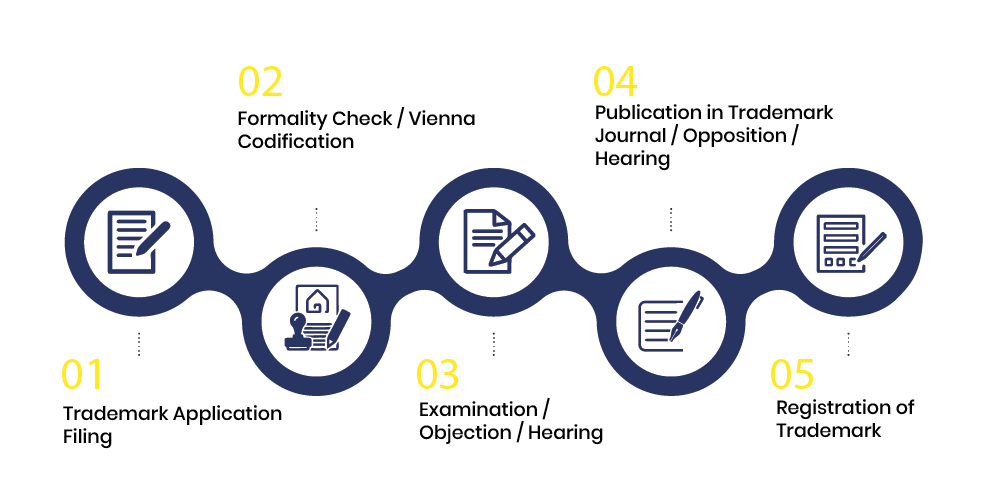
Timelines for Filing Reply to Examination Report
The reply to Examination Report has to filed within 30 days ( 1 month) of the examination report with supporting documents. Also, the reply to the trademark examination report should be drafted with legal expertise lawyers or trademark agent referring decided cases, recent cases on similar matters and judgements by Tribunals / Courts / International references.
Extension of Time to File Objection Reply
In case the reply is not filed within 30 days of the report, or the application will be declared as abandoned if no response will be there. The applicant can request the registrar to extend the time limit of 30 days by applying TM-M (with the fees - 900) which is mandatory electronically through the trademark agent with a valid reason for the delay in filing the reply. The best way is to file or draft a reply against it and that to in the said time-period (30 days) so that one trademark will be safe as to avoid any unnecessary delay and to protect the said trademark from getting abandoned. If the reply to the examination report is to be filed through a different trademark agent, a fresh Power of Attorney is also required. Once the filing is done then need to draft objection / reply for the same.
Consequences of non-filing an Objection
Trademark objection is a foremost step in Trademark Registration Process. If the reply to examination report is not filed within 30 days of notice / or by the extended time, the Trademark application shall be marked as Abandoned / Neglected by the Trademark Registry.
In case the application has been marked as abandoned then this application will be of no use, the applicant has to file a fresh application for the Trademark.
Who can use TM & ® Symbol?
TM is used when registration is in process. ® is used when Trademark Registration is completed done.
FAQ's
Trademark objection doesn’t mean that an application is rejected, it means that there is an error or the application has failed to follow the said guidelines. As trademark is a crucial so it is to handle with the attorney or lawyer who are expert in dealing this regard by drafting the matter.

Fill Up Application Form

Make Online Payment

Executive will Process Application

Get Confirmation on Mail
What Our Clients Say
associated with

